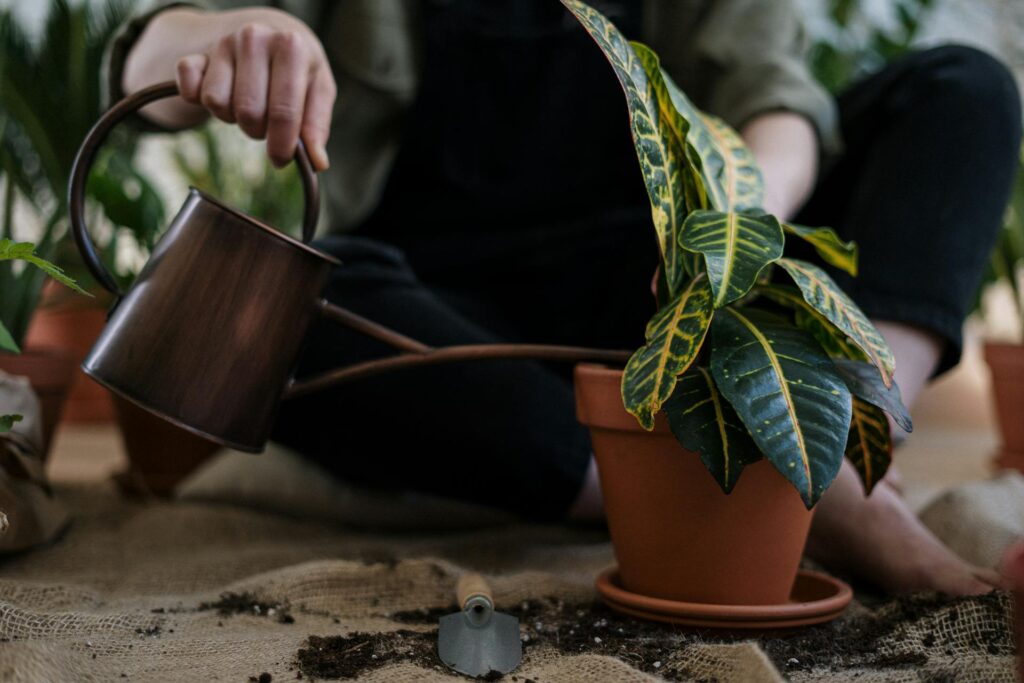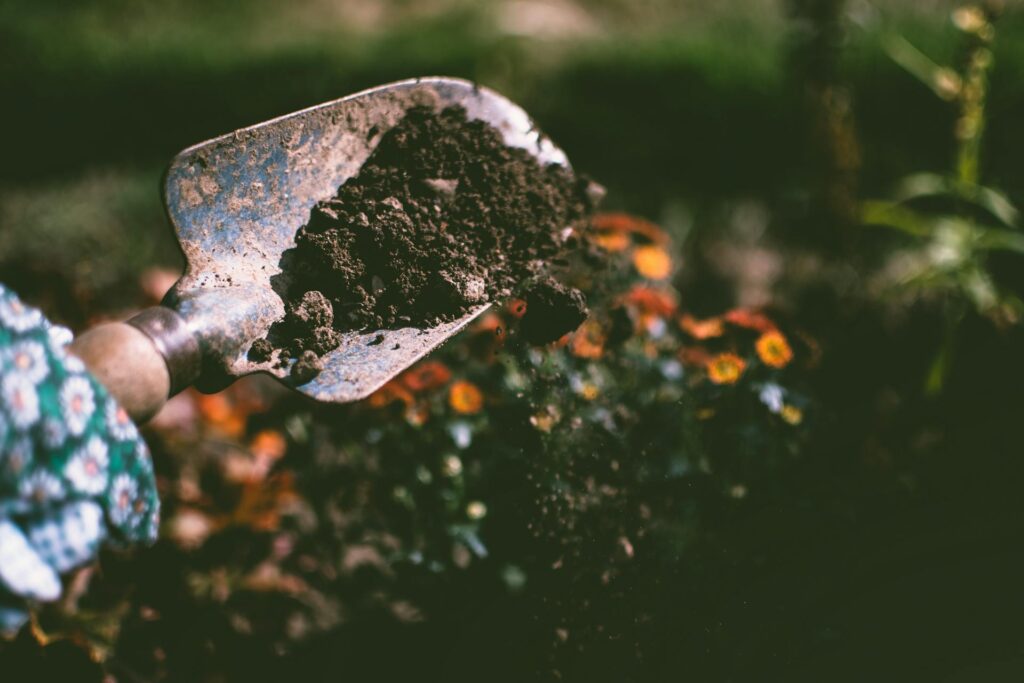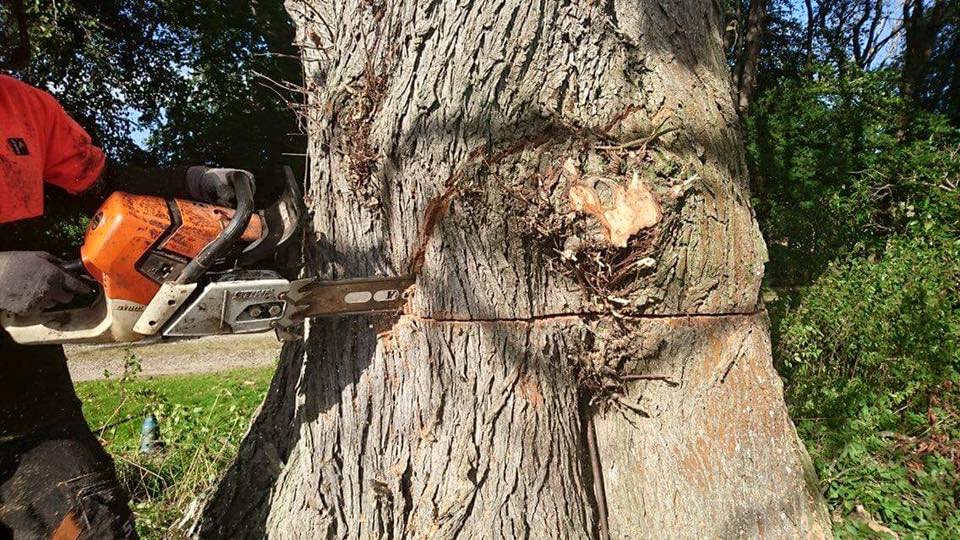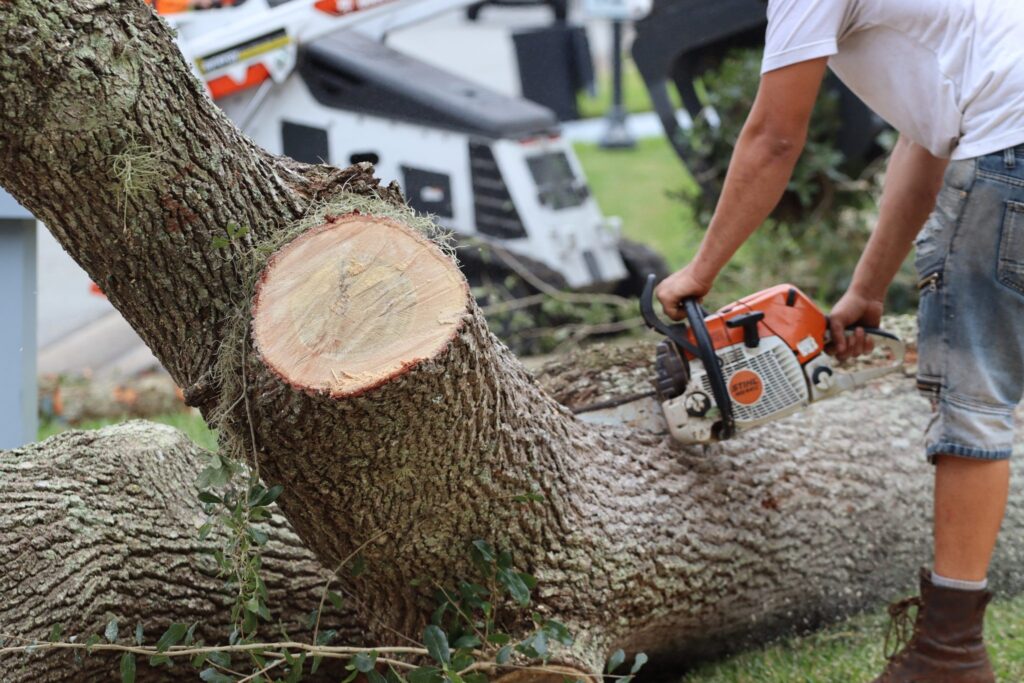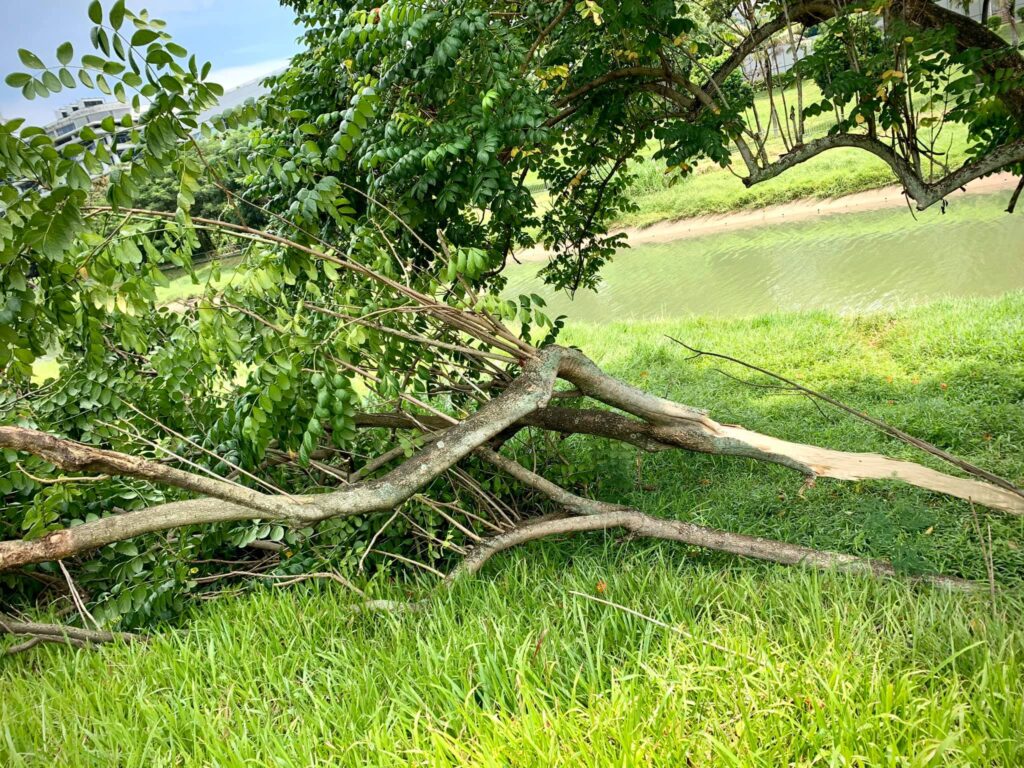Trees are essential components of our environment, providing us with oxygen, shade, and beauty. However, like any living organism, trees can encounter various problems that may threaten their health and vitality. In this guide, we will explore some of the most common tree problems and provide effective solutions to help you maintain the health and beauty of your trees.

Poor Soil Conditions
One of the primary factors affecting tree health is soil quality. Compacted soil, poor drainage, and nutrient deficiencies can all contribute to stress in trees. To improve soil conditions, consider aerating the soil to alleviate compaction, adding organic matter such as compost or mulch to improve fertility, and ensuring proper drainage by addressing any grading issues or installing drainage systems.
Pests and Diseases
Trees are susceptible to various pests and diseases that can weaken or kill them if left unchecked. Common tree pests include aphids, scales, beetles, and caterpillars, while diseases like powdery mildew, leaf spot, and root rot can also pose significant threats. Implementing regular inspections and promptly addressing any signs of infestation or disease can help prevent further damage. In some cases, professional treatment may be necessary to control severe infestations or infections.
Improper Pruning
Improper pruning practices, such as topping or excessive crown reduction, can weaken trees and make them more susceptible to disease and decay. When pruning trees, it’s essential to follow proper techniques to promote healthy growth and structural integrity. This includes removing dead or diseased branches, maintaining a proper balance of branches, and avoiding unnecessary pruning during the growing season.
Root Issues
Problems with tree roots, such as girdling roots, compacted soil, or root rot, can hinder the tree’s ability to absorb water and nutrients, leading to decline. To address root issues, consider proper root zone management practices such as mulching, avoiding soil compaction, and providing adequate watering and drainage. In severe cases, root pruning or corrective action may be necessary to alleviate root-related stress.
Environmental Stress
Trees can experience stress due to various environmental factors such as drought, extreme temperatures, pollution, and construction damage. Providing supplemental watering during periods of drought, protecting trees from harsh weather conditions, and minimizing disturbances during construction projects can help reduce environmental stress and promote tree health.
Invasive Species
Invasive plant species can outcompete native trees for resources and disrupt natural ecosystems. To mitigate the impact of invasive species on trees, it’s essential to identify and remove invasive plants from your property and promote the growth of native species. Regular monitoring and management efforts can help prevent the spread of invasive species and protect the health of native trees.
Mechanical Damage
Mechanical damage from lawn equipment, vehicles, construction activities, or vandalism can cause wounds and injuries to trees, making them more susceptible to pests and diseases. To prevent mechanical damage, establish clear boundaries around trees, install protective barriers or fencing, and educate others about the importance of tree care and preservation.
Nutrient Deficiencies
Trees require essential nutrients such as nitrogen, phosphorus, and potassium to thrive. Nutrient deficiencies can manifest as stunted growth, yellowing leaves, or poor overall health. Conducting soil tests to assess nutrient levels and supplementing with appropriate fertilizers or amendments can help correct nutrient deficiencies and promote healthy tree growth.
Compacted Soil
Compacted soil can restrict root growth and limit the tree’s access to water, oxygen, and nutrients. To alleviate soil compaction, consider aerating the soil using mechanical or manual methods to improve soil structure and promote root health. Mulching and proper watering practices can also help maintain soil moisture and reduce compaction over time.
Overcrowding and Competition
Trees planted too closely together or surrounded by competing vegetation may struggle to access sufficient sunlight, water, and nutrients. Thinning out overcrowded trees, removing competing vegetation, and implementing proper spacing and planting practices can help alleviate competition and promote the health and vigor of individual trees.
In conclusion, proactive tree care practices are essential for identifying and addressing common tree problems before they escalate into more significant issues. By understanding the potential challenges trees may face and implementing effective solutions, you can ensure the long-term health and vitality of your trees, contributing to a healthier and more sustainable environment for generations to come.
